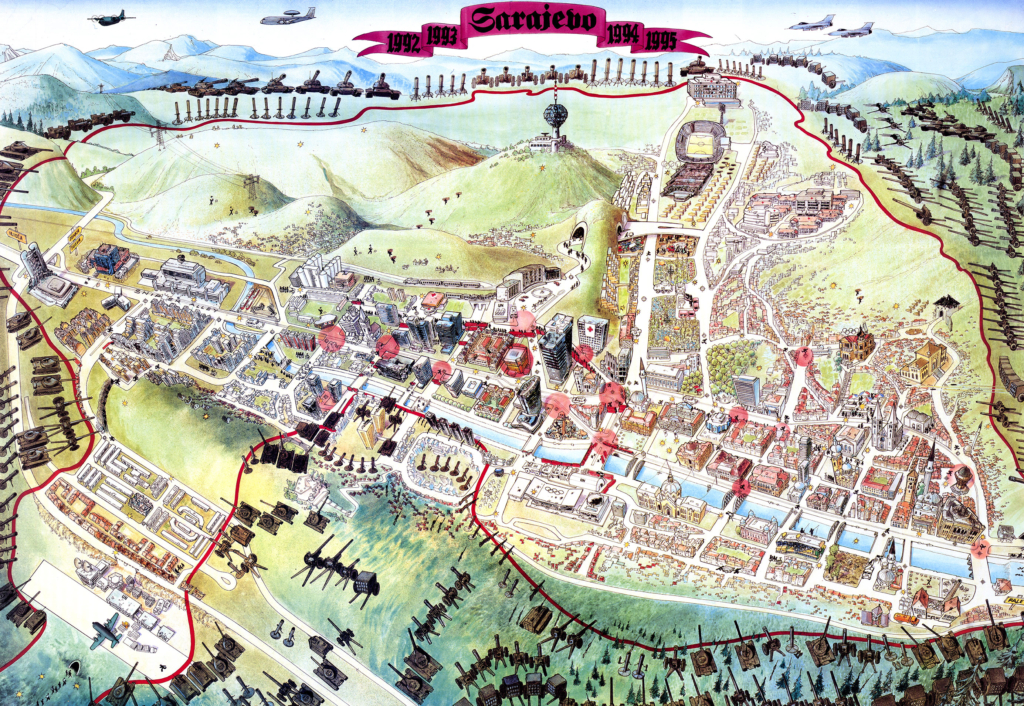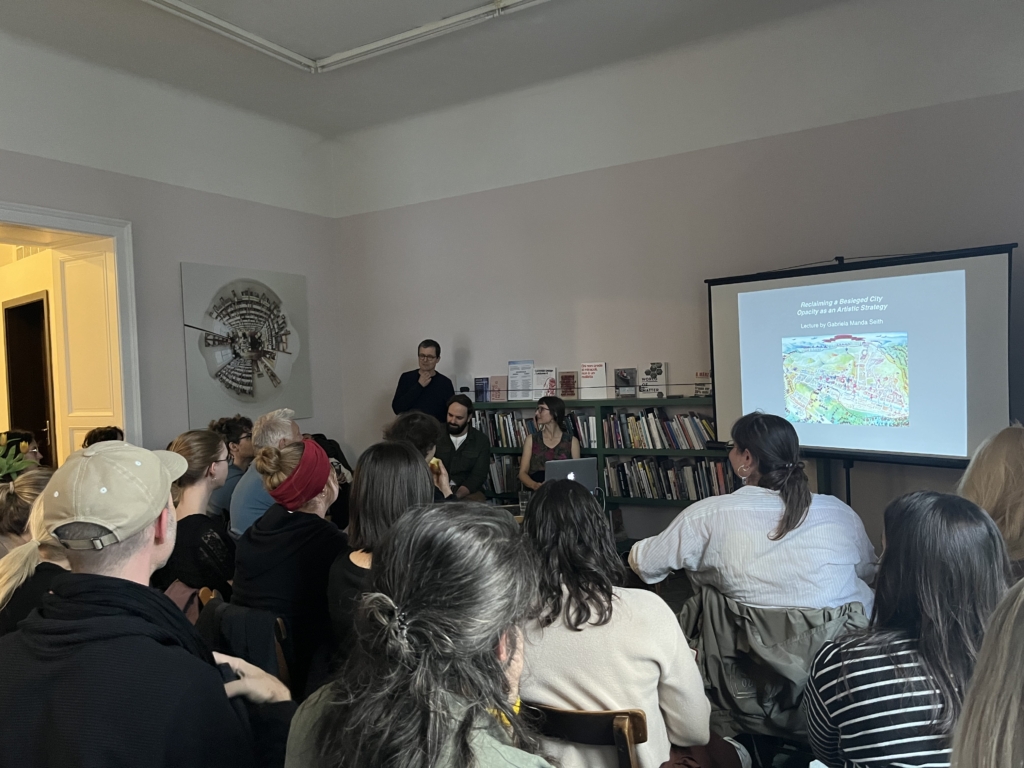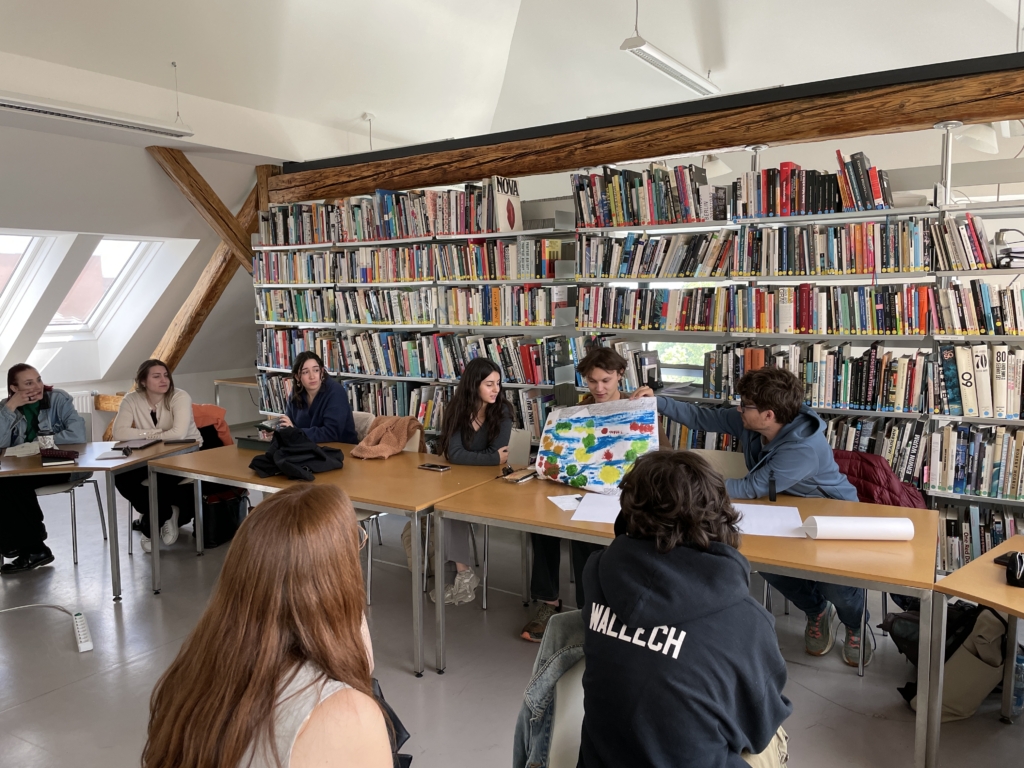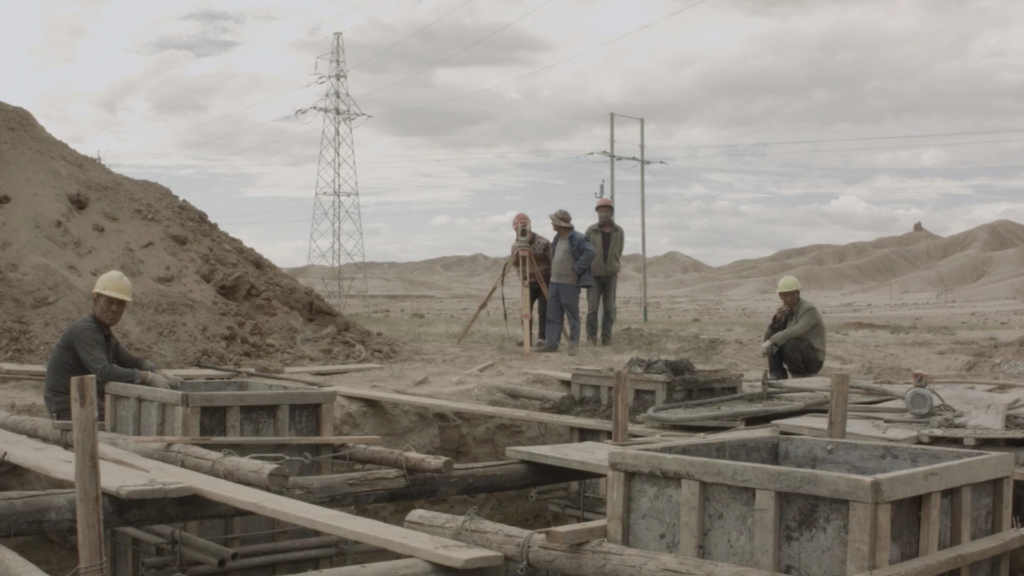
SPECIALIZATION MODULE - ART-BASED INVESTIGATION
Course convened by Dr. Rose-Anne Gush
‘Broken infrastructure is loquacious.’ - Marina Vishmidt
How do art and architecture relate to infrastructure? In its common meaning infrastructure denotes large scale constructions such as power grids, server farms, bridges, highways, dams and mines. It is often, ‘critical’ or ‘broken’. But infrastructure also refers to smaller scale feminist infrastructures of care and ecology, to the function of making something ‘operational’, of moving one thing or idea from one place to another, and of langauge itself.
This semester’s Art-Based Investigation takes Marina Vishmidt’s concept of ‘infrastructural critique’ as its starting point to consider artistic research, methodologies and tools, to develop practices of artistic production and exhibiting. In Vishmidt’s conception, infrastructural critique develops beyond institutional critique – seen in works by Michael Asher and Andrea Fraser – to examine the hidden infrastructures sustaining institutions more broadly. Focusing on how artistic practices critique and reimagine the systems underpinning contemporary life, the course begins with the theoretical foundations of institutional critique before shifting to infrastructural investigations such as Cameron Rowland’s work on histories of racial capitalism and Timothy Mitchell’s theorization of infrastructure’s temporal and spatial dimensions.
Through close readings of texts by Vishmidt, Mitchell, Fraser, Rowland and Ruth Wilson Gilmore, alongside analyses of artworks, students will investigate what infrastructure ‘makes possible’. Tools for Infrastructural Critique examines how artists and architects use gestures like incision, flow, fold, delay and blockage to reveal and disrupt these systems. Case studies, from local lithium extractionin the Koralm, to tenant struggles in New York, to China’s Belt and Road Initiative, explore how infrastructure is represented, contested, and rethought in art and architecture. Students will develop their own artistic strategies for investigating, critiquing and transforming infrastructural systems.
Image: Solveig Suess, AAA Cargo (video still), courtesy of the artist
Excursion to Vienna
In the context of the IZK Specialization Modules Tools for Infrastructural Critique. Incisions. Flows. Delays. Folds. Blockages. and In Order to Read a Book, I Need a Knife. On Making Spatial Manuals students went on an excursion to Vienna.
At Belvedere 21, we visited the retrospective of Hans Haacke and got an insightful tour from the exhibition’s curator, Luisa Ziaja.
We also visited Contact M by Park McArthur at mumok. Students participated in a collective reading of the transcribed audio guide to the exhibition authored by Elaine Lillian Joseph.
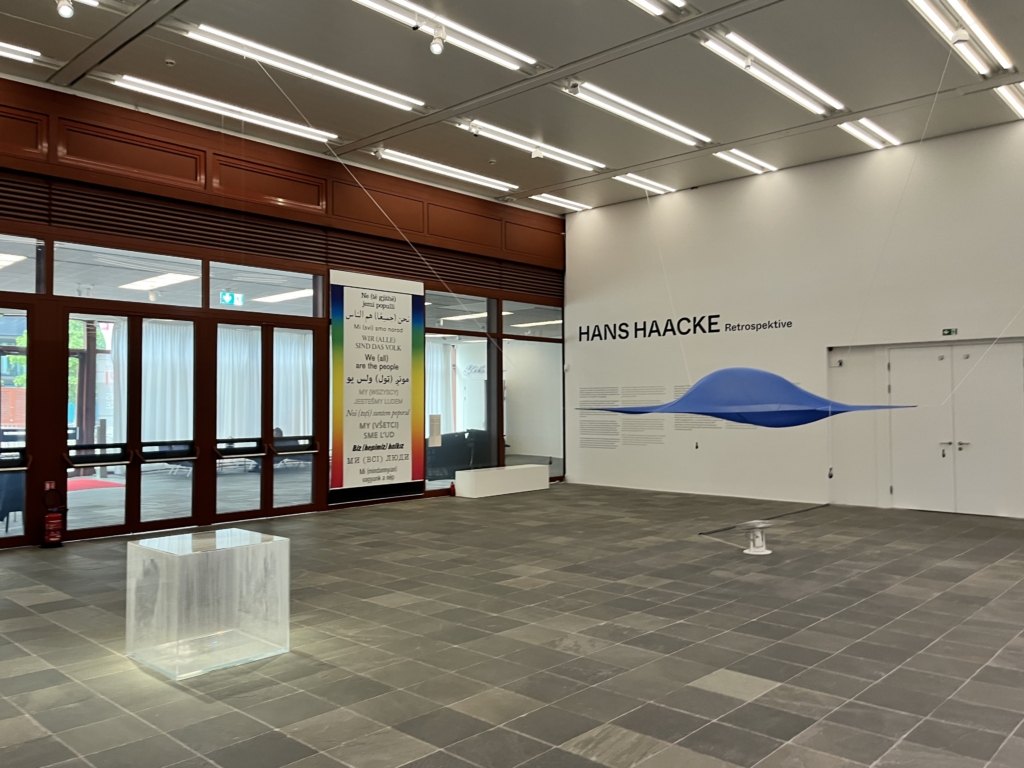
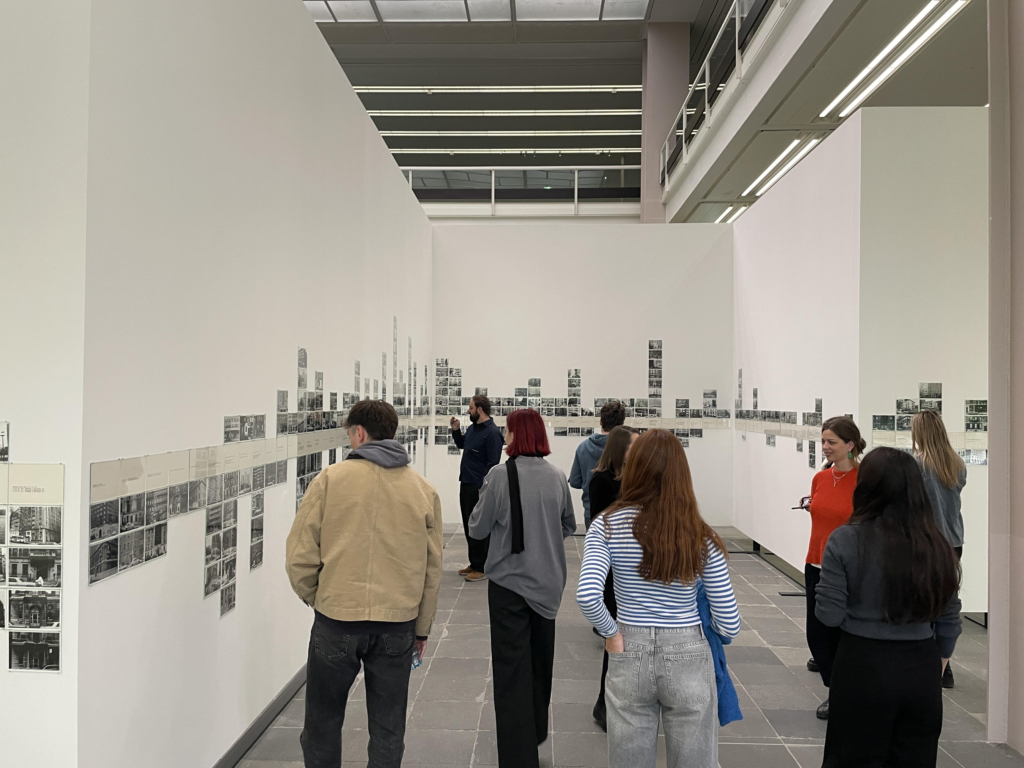
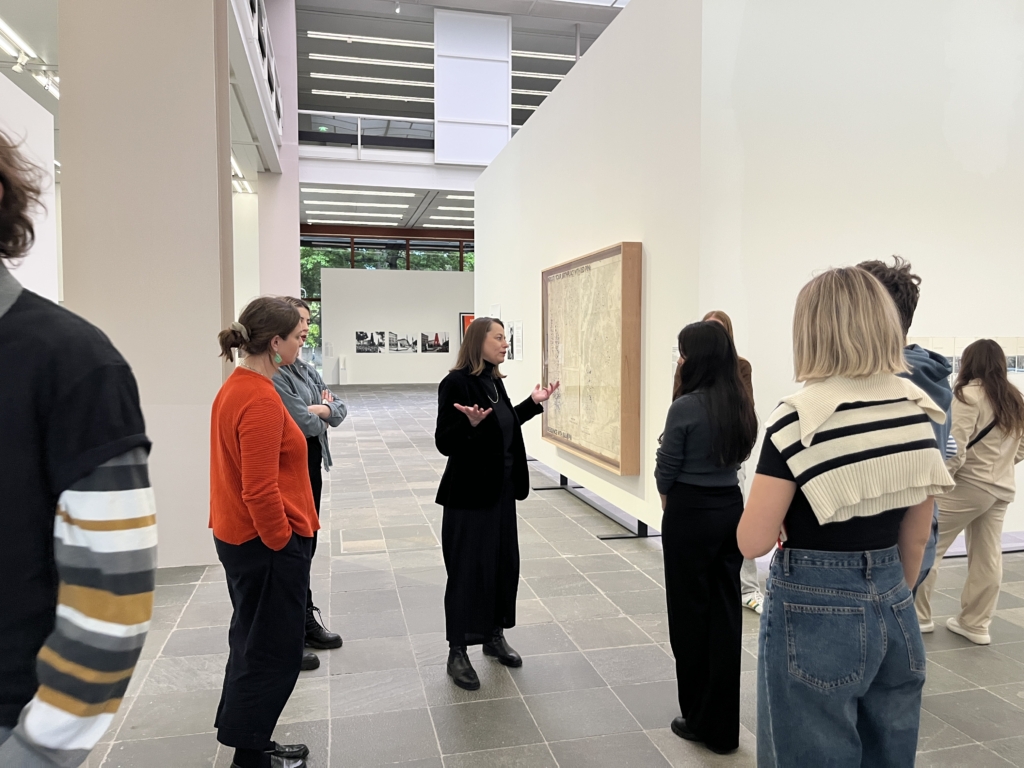
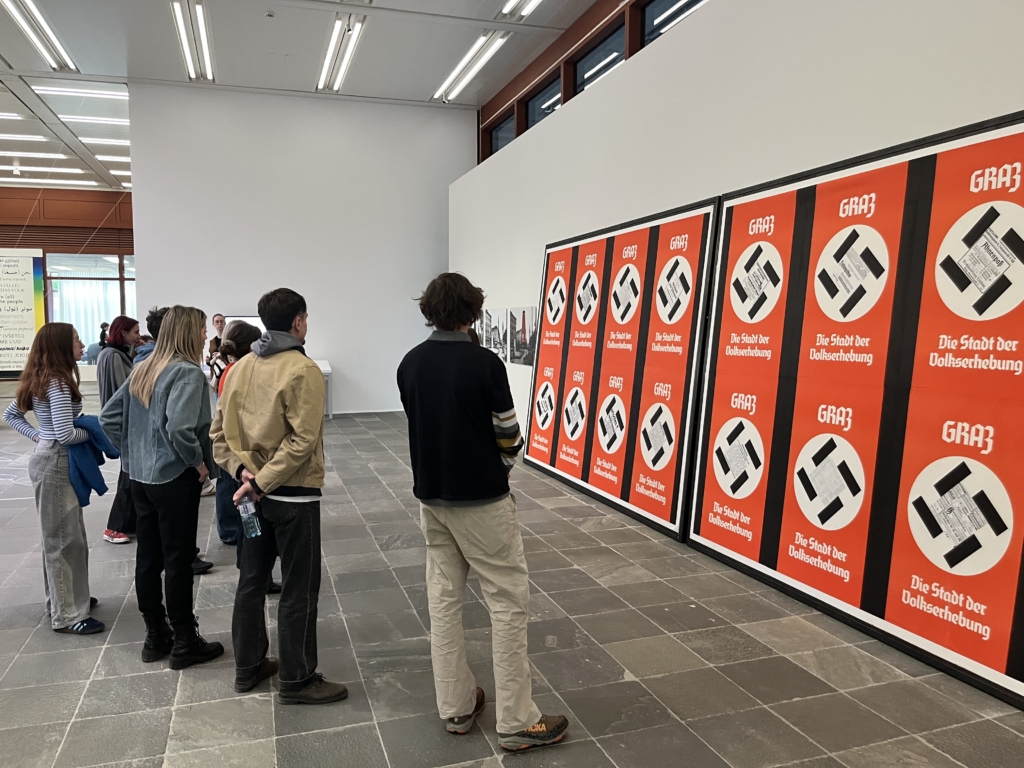
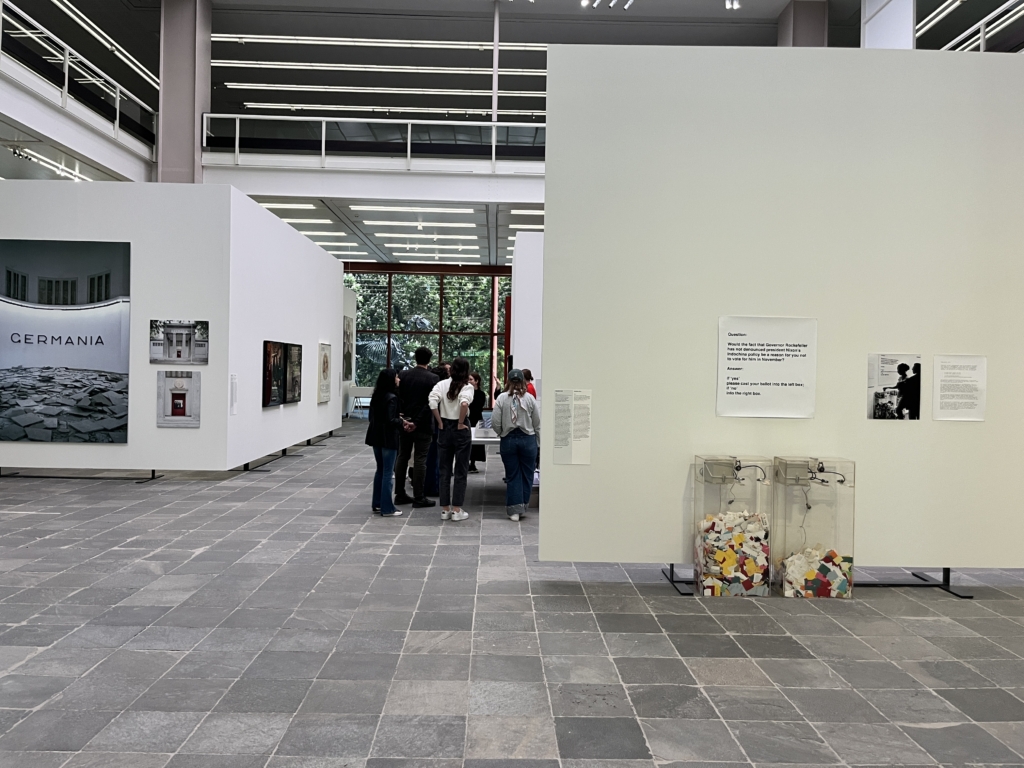
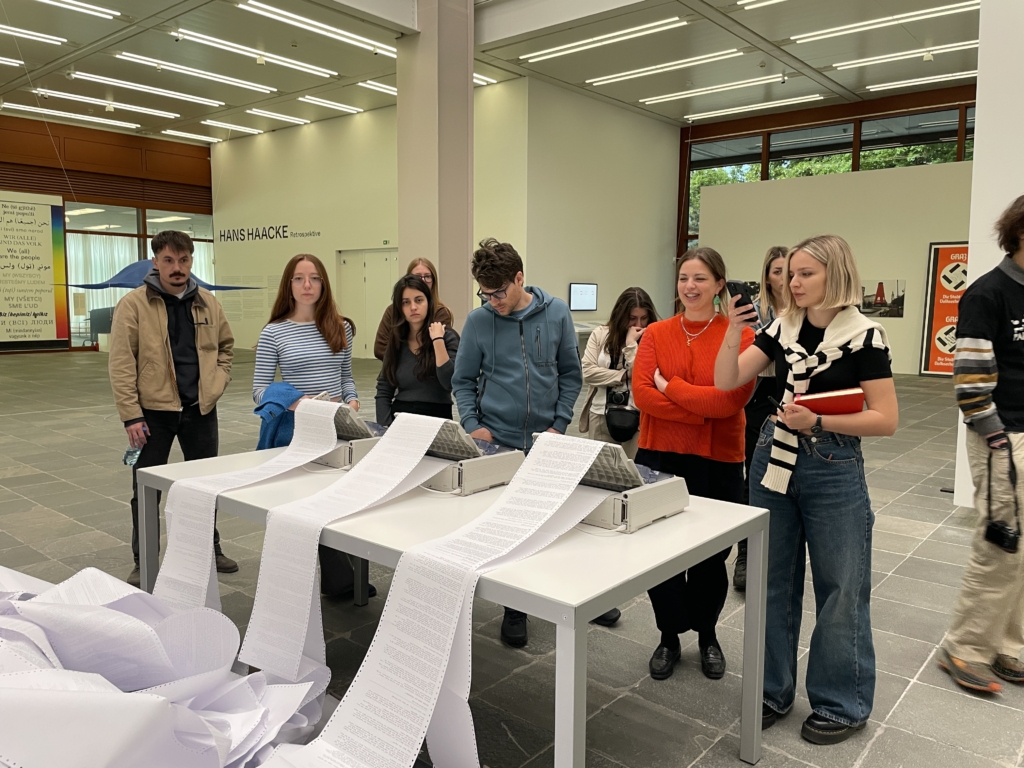
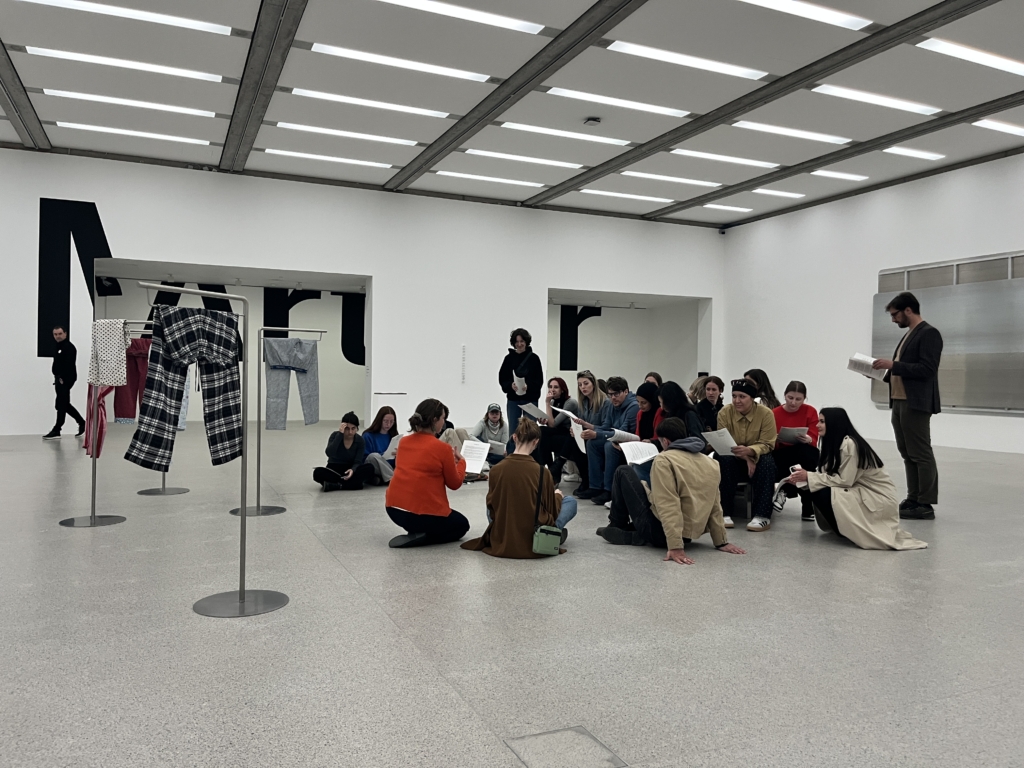
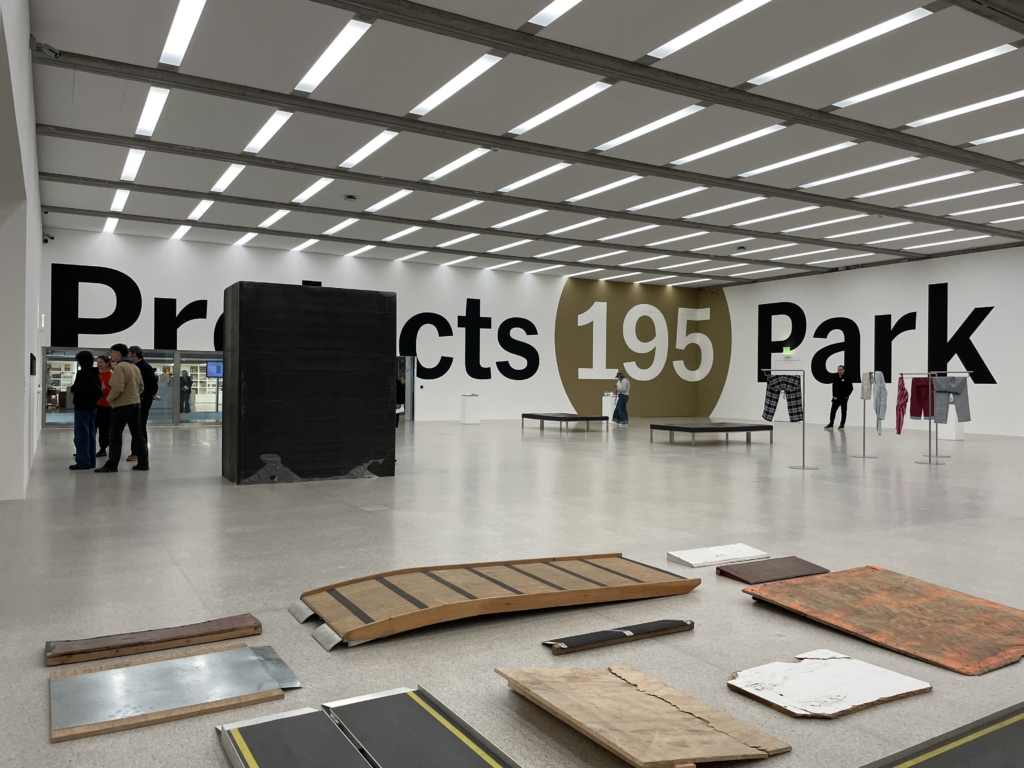
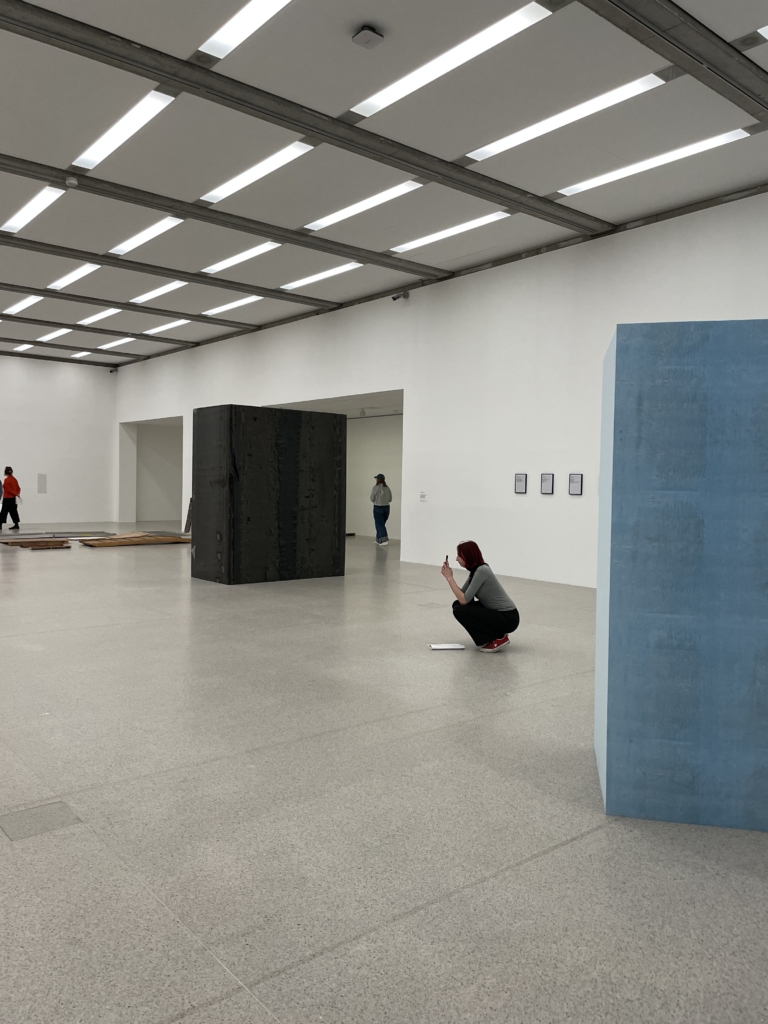
Workshops
Danny Hayward - Housing as Infrastructure: Gentrification, Organisation and Infrastructural Critique
Danny Hayward introduced us to the politics, economics and struggles around housing in the UK and particularly in London. We spoke about the concept of infrastructural critique and collected examples of the transversal use of infrastructures.

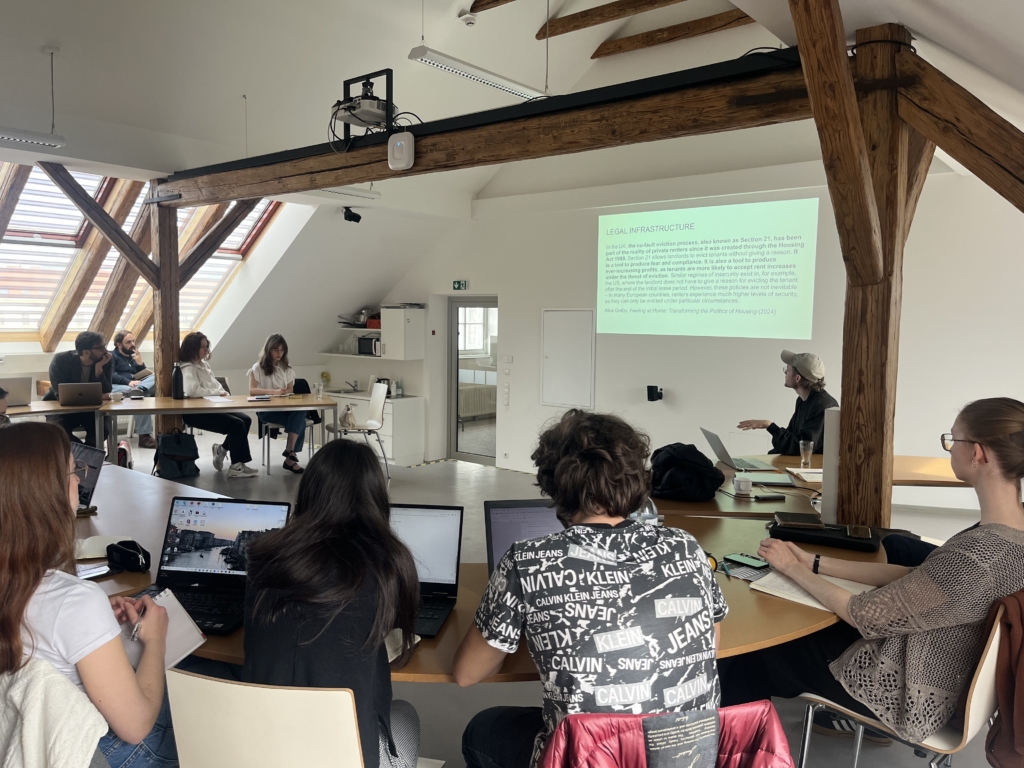
Andreas Petrossiants - Class Composition and Urban Space: Autonomist Feminist Infrastructures
With Andreas Petrossiants we learned about Italian Autonomist Marxism, the movement Lotta Continua and its relation to housing movements. Students discussed how urban struggles like tenants‘ movements and occupations intersect with other forms of struggle.
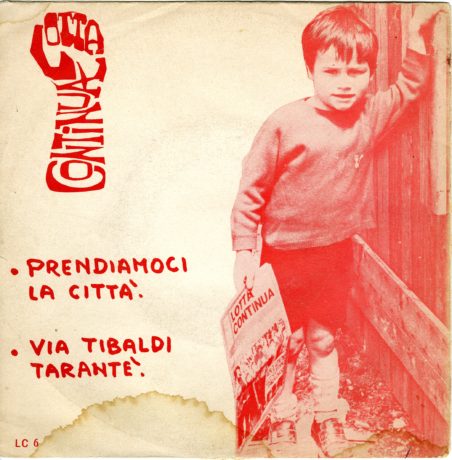
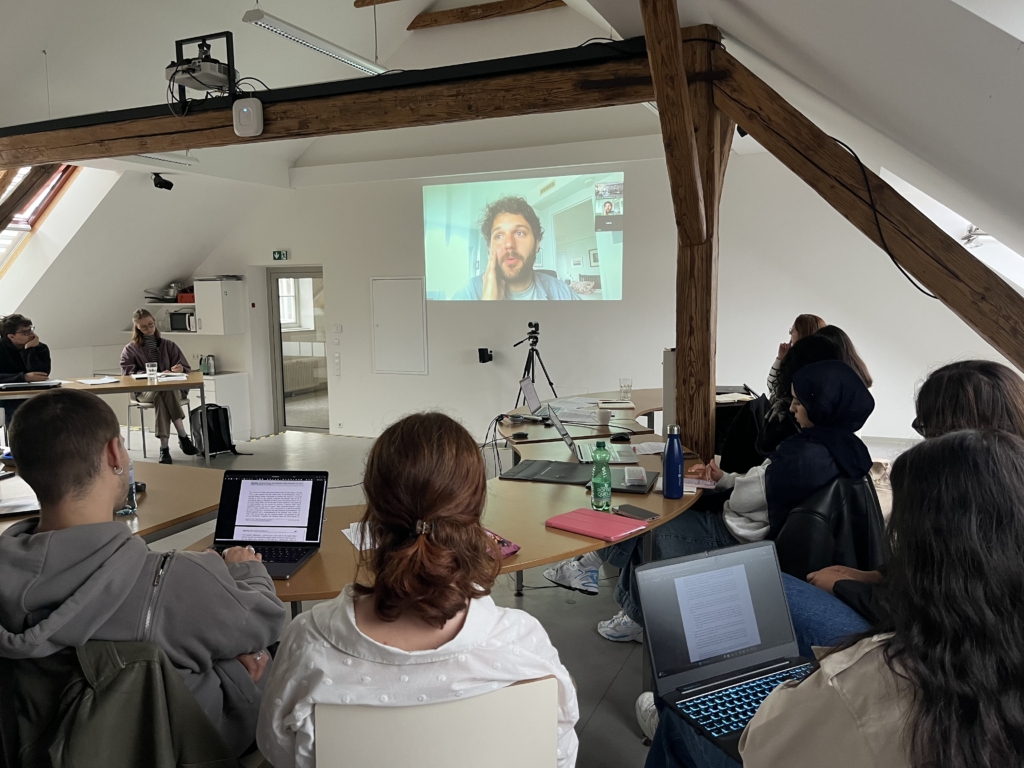
Gabriela Manda Seith - Reclaiming a Besieged City. Opacity as an Artistic Strategy
Ahead of our workshop with Gabriela Manda Seith, she gave a public lecture at Centre for Contemporary Art, addressing artworks that were made in the public space of Sarajevo while the city was besieged. In this workshop, we first discussed texts by Michel Foucault, Édouard Glissant, Asja Mandić and Nicole Simek. Then we analyzed sites around Graz, focussing on Foucault’s concept of the panopticon and Glissant’s writings on opacity and transparency.
